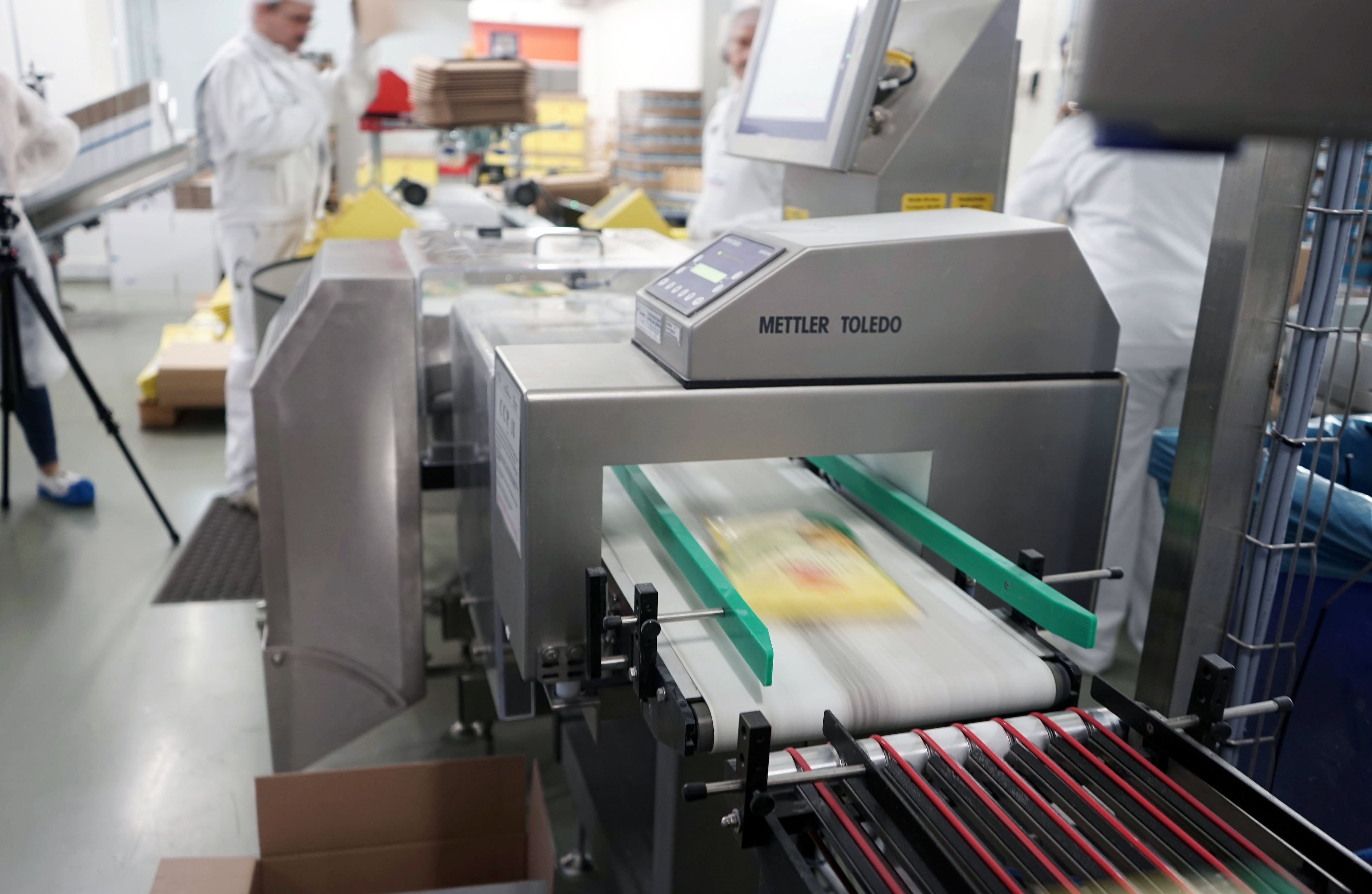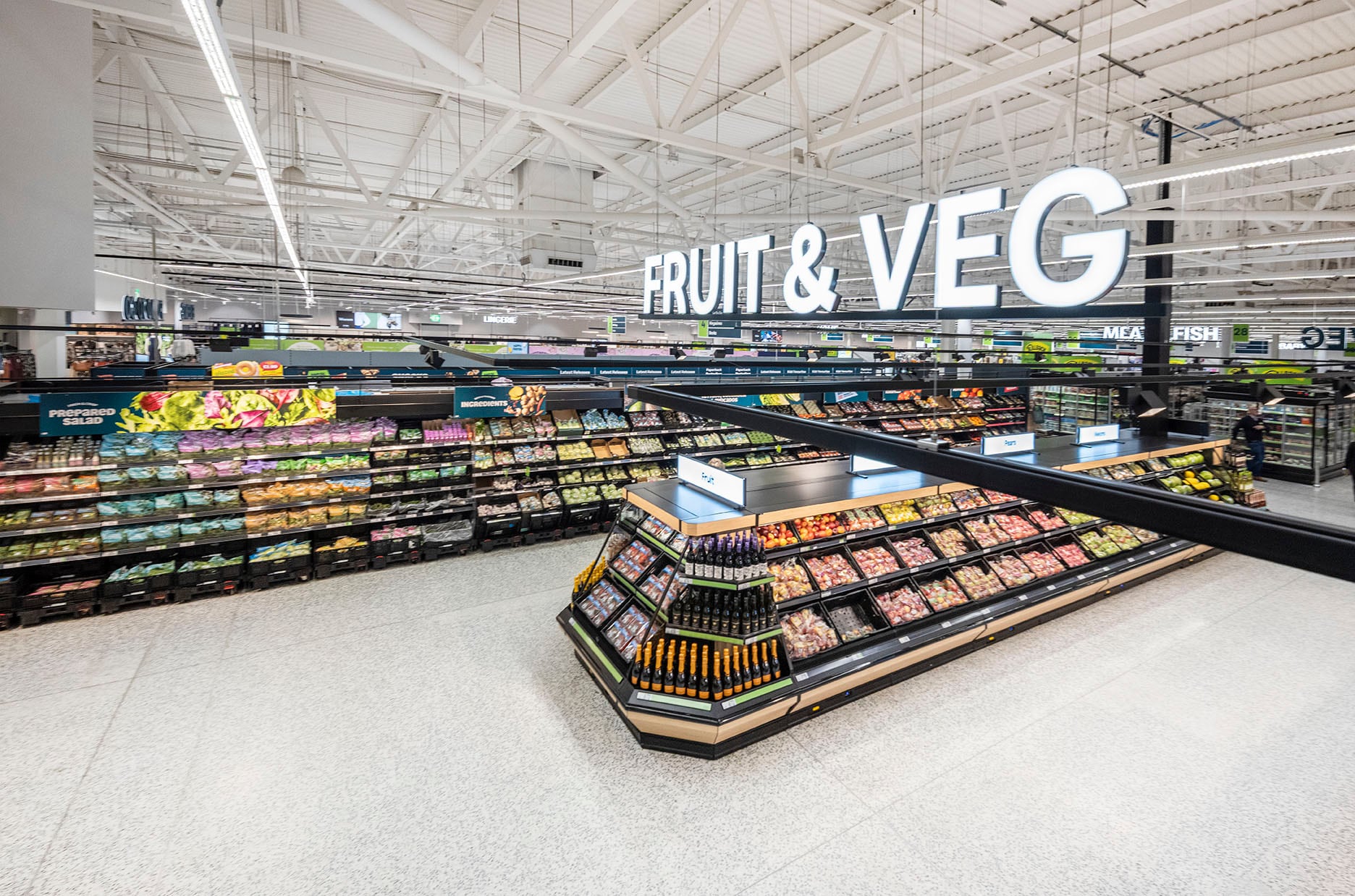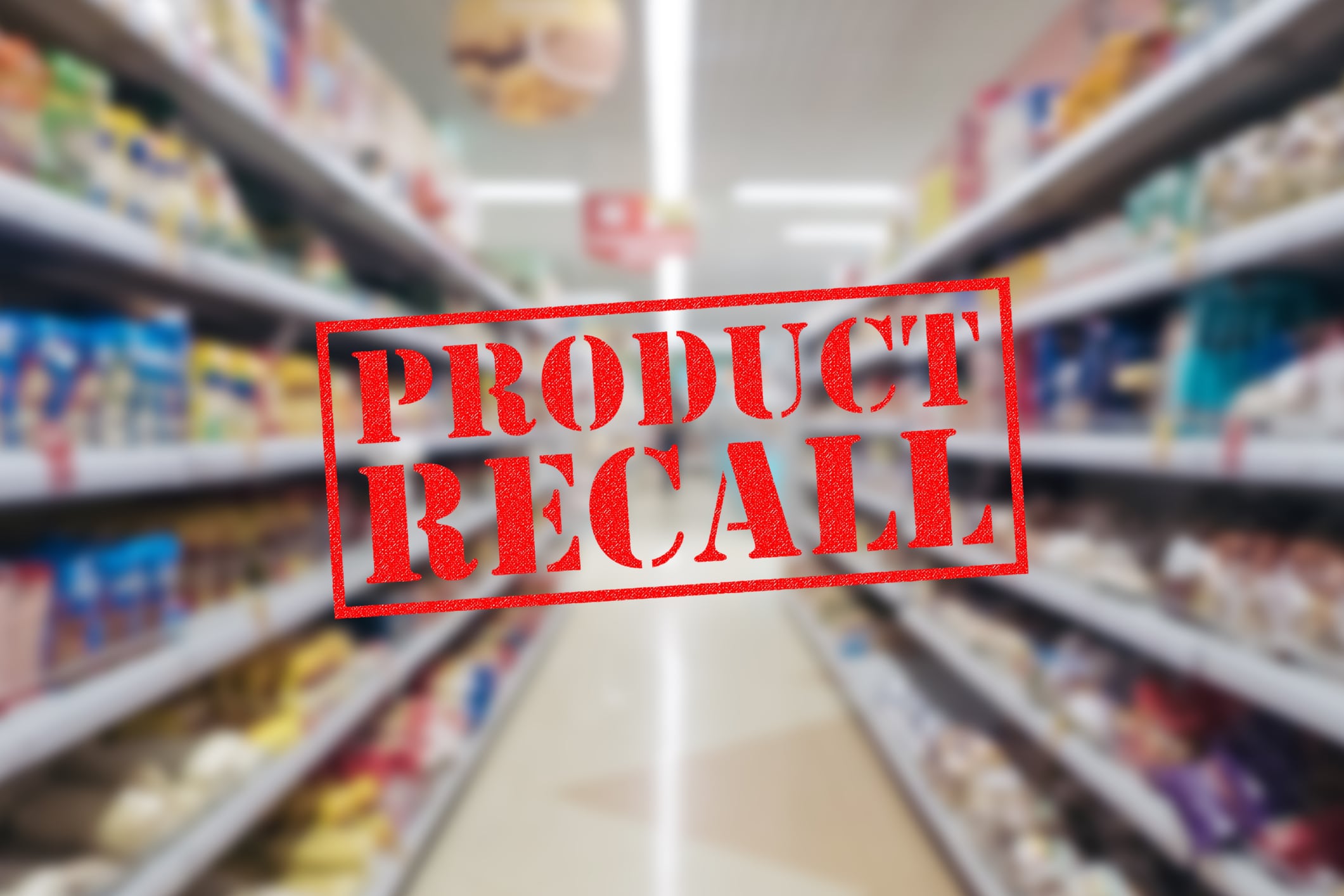In a 2024 BRGCS review, which assessed four countries, physical contamination was found to be the underlying cause of 4-28% of the total recalls.
Metal was the biggest cause of physical recalls in three of the four countries (Germany 52%, UK 45%, USA 36%), whereas plastic was the main driver in Australia (25%).
“The biggest threat facing food and drink businesses is contamination in the supply chain,” reaffirmed Ben Pimblett, head of sales and product inspection for metal detection at Mettler Toledo.
“That can result in costly product recalls, a loss of brand reputation, and also place the consumer at risk.”
How are contaminants getting into production lines?
Foreign bodies can include things such as , calcified bone, metal fragments, glass, plastic, and rubber, among other things. They can enter the supply chain at any stage of production – including both before processing starts and even after goods are packaged.
Their presence in food and drink may cause physical harm, including, for example, choking, damage to teeth, and even fatalities.
Are we seeing more recalls?
Despite advances over the years, the Food Standards Agency’s site has continued to report on numerous recalls every month, including allergens, microbiological and foreign bodies.
Is this because we’re doing a bad job? Unlikely – the UK’s food system has one of the highest standards and if you consider the amount of food that is produced every day, the industry is doing pretty well.
Mike Pipe, head of global sales and product inspection for X-ray at Mettler-Toledo, agreed.
“We are in a different time than we were many years ago as there is obviously a lot more focus on compliance in today’s world. We also live in a social media world where it’s not very difficult for something to get a lot of attention,” he said, adding his thoughts on why there seemingly appears to be more recalls.
“Health and safety policy updates have changed how we manage the safety of our employees and there’s no difference in the manufacturing world. Over time the requirements and regulations around mitigating risk and protecting end consumers have become more stringent.”
“There’s more scrutiny on food manufacturers right now than there ever has been,” confirmed Pimblett.
“Companies are now adopting a food safety culture within their organisation that they wouldn’t have done 10 or 15 years ago and that’s growing globally. So the emergence of higher safety standards is a major reason we are seeing more of these recalls than in the past.”
“A typical recall can cost the manufacturer responsible an average of £10 million, and that’s not even factoring in the impact of future sales.”
Moreover, we’re also seeing retailers placing very specific requirements on their suppliers, especially when it comes to own brand products due to the immediate link of the product to the supermarket.
Obviously, this could place one’s commercial relationship under strain, not to mention the financial ramifications, which Pipe estimates, on average, could cost a manufacturer up to £10 million – excluding the impact of future sales. The exact cost depends on the application, product, distribution, supply chain etc.
So whilst recalls are not commonplace and you might consider your processes to be up to scratch, it’s important not to become complacent.
Mitigating against the risk of recalls
A systematic approach to the identification of foreign body hazards is a critical first step in establishing effective control strategies, according to BRCGS.
The most effective tool for this is through the application of hazard analysis and critical control point (HACCP).
The number of critical control points (CCP) in a process will depend on the complexity of the process itself.
The Food Standards Agency states that CCPs are based on your experience and judgement, but for those who need extra help, you can use a decision tree. The MyHACCP tool, for example, shows you the Codex decision tree.
You also should keep evidence of how you determined whether control of each hazard is a CCP or not, and review your system regularly and every time changes are made (e.g. new ingredients).
Pimblett offered more insight: “When it comes to CCPs, deciding where to position them is important. If they are positioned at the start of the production line it eliminates potential risks at the earliest possible stage, while also protecting upstream equipment.”
This can also reduce the cost of manufacturing products and limit waste in terms of stoppage time, product and financial loss.
But it’s also important to have CCPs further downstream, to detect physical contaminants during the process (allowing for reworking) and even at final stage, once the product is packaged thus avoiding product recalls.
More guidance on decision trees and CCPs can be found here.
A factory will need to ensure it looks at risk from a variety of angles – including microbial and allergens. As with physical contamination risks, in the context of metal detectors and X-ray machines, your CCP should also include what kind of foreign body risk is most likely. From there you can choose which solutions and partners work best for you.
Do I need a metal detector and X-ray?
A metal detector is obviously very good at detecting metal, especially aluminium, while an X-ray can detect metal and other foreign bodies, such as stones. If your risk lies squarely in the former, however, an X-ray could be overkill.
“The decision will come down to the risk assessment that a manufacturer conducts, which will identify the core contamination threats,” Pipe explained.
“It is really about finding the right solution for the circumstances of each food manufacturer we work with.”
A good example for a manufacturer that may wish to invest in X-ray is one processing potatoes.
“With a potato product, the starting point is harvesting the potatoes from the ground and then transporting them to the manufacturing site where they are dumped onto the production line. However, potatoes will often grow around stones or even golf balls, so this requires the firm to be able to know what is embedded inside.”
If a potato company is making crisps for example, the potato will need to be sliced(generally by a piece of machinery). A stone could go undetected if it’s small, or even break the machine, causing delays and costly repairs.
“To eliminate this risk, the manufacturer can use an X-ray at the goods in stage, which will identify any contaminants at the earliest point possible and prevent any of these upstream issues from arising.
“Another benefit from implementing an X-ray at the goods in stage is that you are checking the potatoes at the stage of least added value. Every time you slice or season a potato, you are adding cost and if that potato needs to be thrown out later because it contains a contaminant, you are wasting money.”
This does not mean that you don’t need other CCPs though, such as after the slicer because this could still be a risk area for the manufacturer.
“They might also want a CCP at the end of line to ensure the product has been comprehensively checked before being shipped to the retailer,” Pipe explained.
From a metal detection standpoint, a wide range of sites will benefit from having this kind of solution. But it’s important to have one that is suited to your facility’s needs, for example in a fast-moving ‘wet’ environment, metal detection can be particularly tricky.
Pimblett offered an example of how Mettler Toledo counteracts this: “We have a piece of technology that can suppress the signal given off by these types of ‘wet products’, which makes it easier to detect the contaminant.”
He added: “When speaking to a production manager, you need to know their needs are different to those of a quality engineer for example speed or increased productivity, and then suit your recommendations to satisfy all requirements.
“As an organisation, whenever we enter a new facility we take a very consultative approach to the process. It’s not about trying to sell a piece of equipment but instead understanding the particular facility and the solutions that best fit it.”
Overall, the duo emphasised that when you compare the initial price of a piece of kit like an X-ray, the equipment cost is often much lower than the fallout of an incident.





